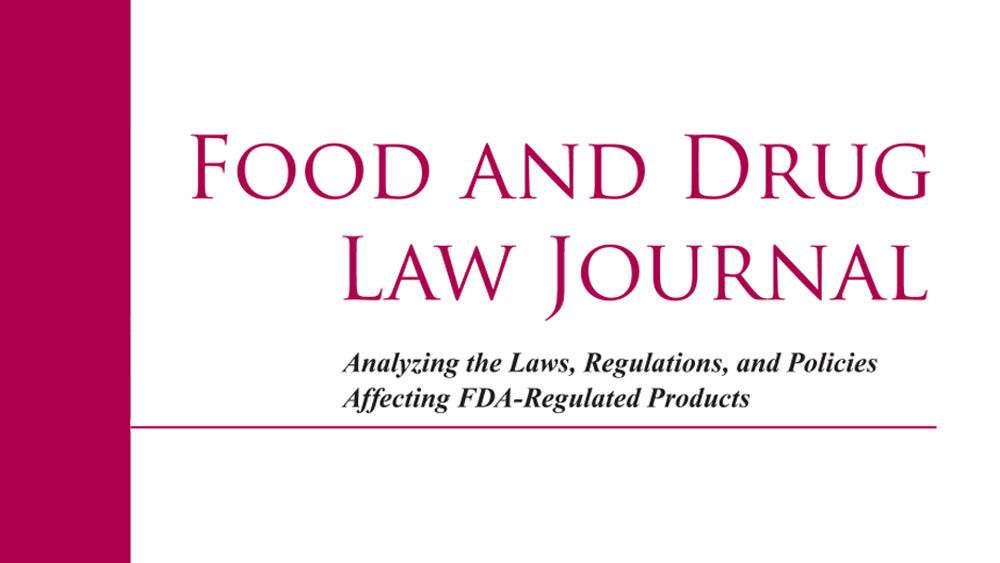
Too Many Cooks in the Kitchen—How the Proposed Consolidation of the Overlapping Governmental Agencies Tasked with Pesticide Regulation is Deficient in Resolving Food-Safety Concerns
CHRISTINA GUYTON
ABSTRACT
Imagine ingesting chemicals every day—chemicals that are regulated and monitored by governmental bodies with missions not to protect human health but to encourage the growth of certain industries and the production of certain products. Imagine these chemicals are applied to our foods—staples in a presumably healthy diet including spinach, strawberries, tomatoes, and apples. Imagine these governmental bodies, those with missions that disregard the chemicals’ impact on human health, are not only regulating these chemicals based on a cost-benefit analysis and biased research but also are splitting the various responsibilities—a multi-agency process fraught with inconsistencies and ineffectiveness. These chemicals are pesticides, and these governmental bodies are the U.S. Department of Agriculture (USDA), the Food and Drug Administration (FDA), and the Environmental Protection Agency (EPA). Enter: the Food Safety Administration Act of 2022. While this bill tasks the newly formed Food Safety Administration with protecting public health by assigning the new agency FDA’s current task of enforcing pesticide residue tolerances, the bill ultimately fails to account for the regulation of pesticides delegated to EPA, as well as USDA’s role in monitoring various food products and its food-safety-centric National Organic Program. Therefore, this Note argues that, in order for the Food Safety Administration Act of 2022 to effectively address the current gaps in food-safety protection, it must address EPA’s and USDA’s current roles in the pesticide regulation process because, after all, pesticides are intrinsically laced within Americans’ everyday diets.
Food and Drug Law Journal
Volume 79, Number 2

